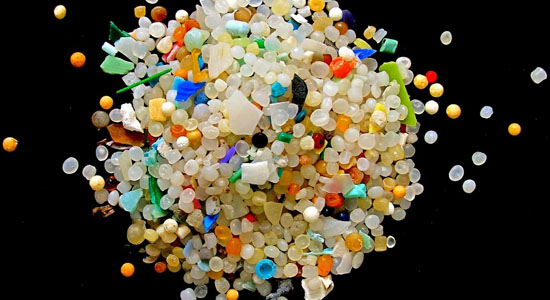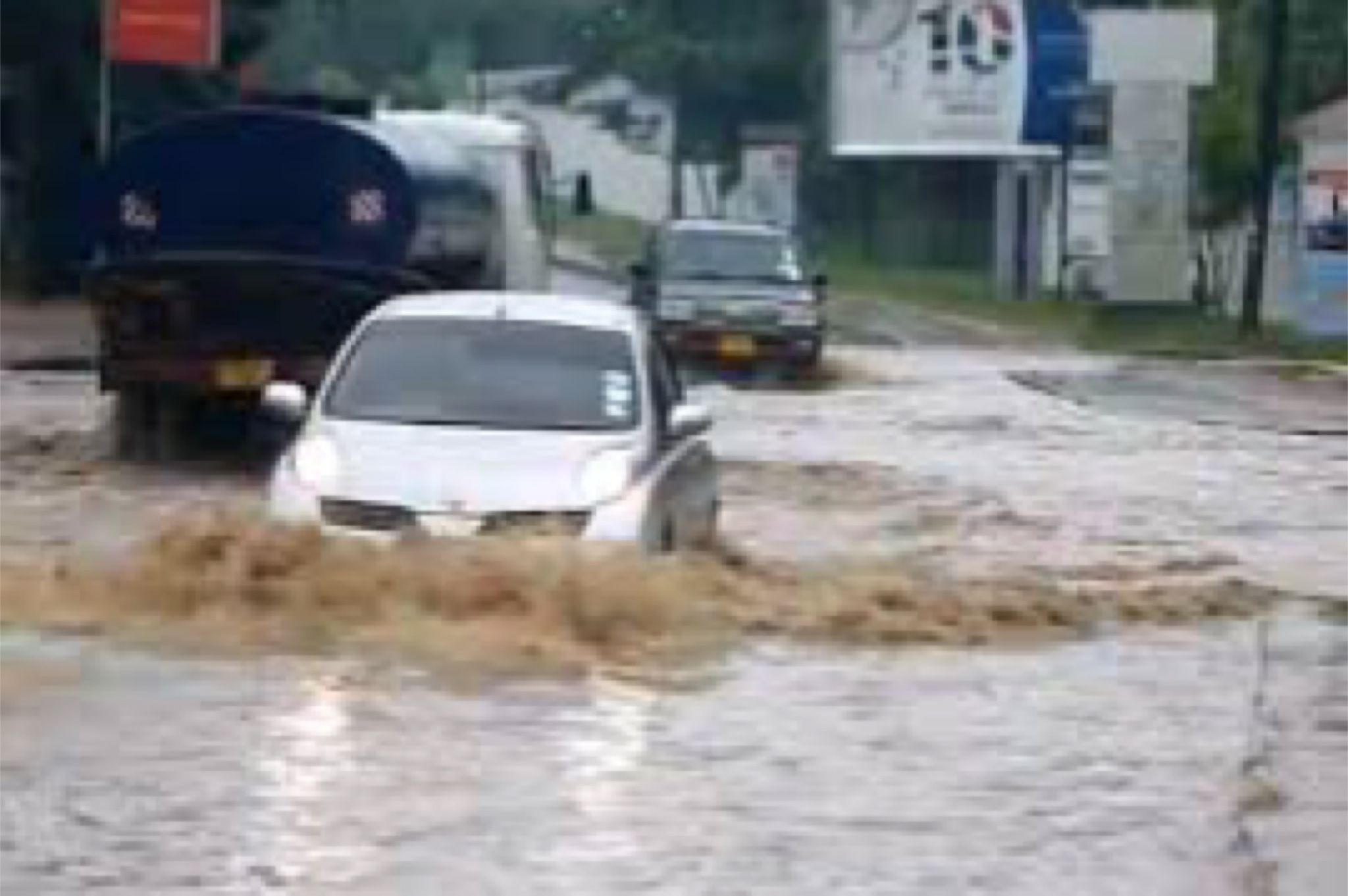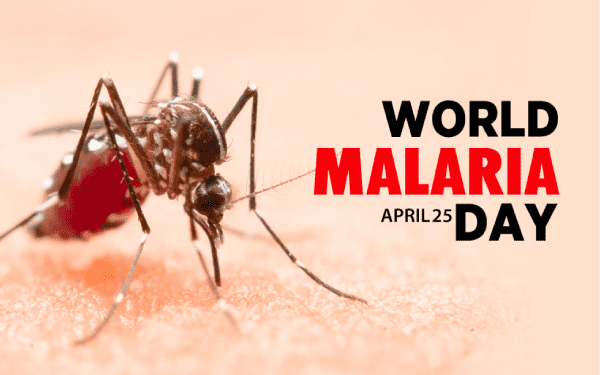Microplastic contamination has been found in tap water in countries around the world, leading to calls from scientists for urgent research on the implications for health.
Scores of tap water samples from more than a dozen nations were analysed by scientists for an investigation by Orb Media, who shared the findings with the Guardian.
Overall, 83 per cent of the samples were contaminated with plastic fibres. The U.S., Lebanon and India had the highest rates.
European nations including the UK, Germany and France had the lowest contamination rate, but this was still 72 per cent.
The new analyses indicate the ubiquitous extent of microplastic contamination in the global environment. Previous work has been largely focused on plastic pollution in the oceans, which suggests people are eating microplastics via contaminated seafood. There were two principal concerns: very small plastic particles and the chemicals or pathogens that microplastics can harbour.
Microplastics can attract bacteria found in sewage, Dr Anne Marie Mahon at the Galway-Mayo Institute of Technology, who conducted the research, said, “Some studies have shown there are more harmful pathogens on microplastics downstream of wastewater treatment plants.”
Microplastics are also known to contain and absorb toxic chemicals and research on wild animals shows they are released in the body.
The scale of global microplastic contamination is only starting to become clear, with studies in Germany finding fibres and fragments in all of the 24 beer brands they tested, as well as in honey and sugar.
In Paris in 2015, researchers discovered microplastic falling from the air, which they estimated deposits three to 10 tonnes of fibres on the city each year, and that it was also present in the air in people’s homes.
This research led Frank Kelly, professor of environmental health at King’s College London, to tell a UK parliamentary inquiry in 2016: “If we breathe them in they could potentially deliver chemicals to the lower parts of our lungs and maybe even across into our circulation.” Having seen the Orb data, Kelly told the Guardian that research is urgently needed to determine whether ingesting plastic particles is a health risk.
How microplastics end up in drinking water is for now a mystery, but the atmosphere is one obvious source, with fibres shed by the everyday wear and tear of clothes and carpets.
Tumble dryers are another potential source, with almost 80 per cent of US households having dryers that usually vent to the open air.



















